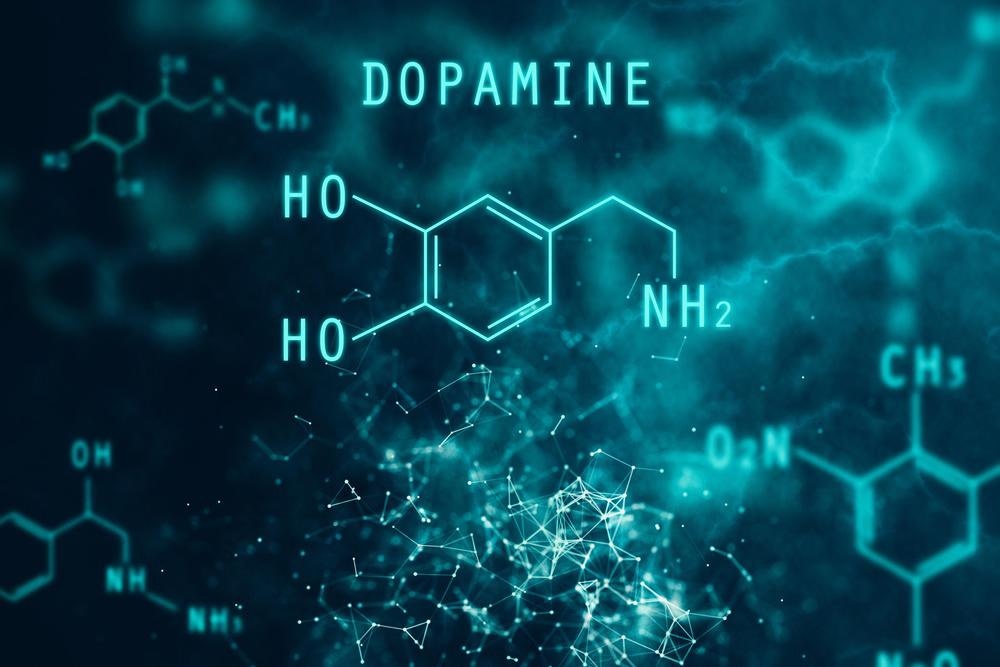In an article published in the journal Materials Today: Proceedings, composites were created by magnetically mixing TiO2 and multiwalled carbon nanotubes (MWCNTs) into a polymer to create a one-of-a-kind biosensor with great specificity.

Study: Dopamine sensor based on coreshell poly paraphenylene diamine/ titanium dioxide/ multiwalled carbon nanotube nanocomposite. Image Credit: Peshkova/Shutterstock.com
Characteristics of Polymer Nanocomposites
Nano-filled composite materials formed by nanoparticles to a polymer matrix may greatly increase their efficiency by merely capitalizing on the structure and features of the nanoscale filler.
This approach is very effective in manufacturing high-performance composites when excellent filler distribution is achieved, and the characteristics of the nanoscale filler are considerably different or superior to that of the matrix.
Applications of Polymer Nanocomposites
Nanomaterials like graphite, carbon nanotubes, metal alloys, and tungsten disulfide are used as reinforcement materials to produce mechanically robust biodegradable polymeric nanomaterials for biomedical applications.
When such nanoparticles are introduced to the polymer matrix in small quantities, the tensile and flexural mechanical properties of polymeric nanomaterials improve dramatically. Many studies have examined TiO2 nanoparticles and discovered that they might be used in solar panels, photocatalytic activity, sensors, and electro-optic gadgets.
Carbon nanomaterials have piqued the attention of researchers in a range of fields because of their fascinating molecular, electrical, and mechanical properties. Due to their unusual structures, high stability, reduced electrical resistivity, and high specific surface area ratios, nanoparticles, in particular, have been extensively exploited in biomolecule sensing.
Conductivity of PpPDA
In this study, conductive Poly (p-phenylenediamine) (PpPDA) was created by chemically oxidative polymerization. The conductance of titanium dioxide and multiwalled carbon nanotube-containing p-phenylenediamine nanocomposites was examined. This study was used to determine the biosensing behavior of conducting nanoparticles.
The nanocomposites' FT-IR spectra were collected in the operating frequency band of 400 to 4000 cm. UV–Vis spectra of DMF specimens were collected using a dual-beam spectrometer with a reading speed of 400 nm/min in the spectral range of 200 to 900 nm.
Key Findings of the Research
Field emission scanning electron microscopy was used to examine the morphology and growth properties of the generated nanocomposites. P-phenylenediamine was grainy and homogenous in structure. The granular structure of PpPDAT was thin and irregular. The photographs obtained at higher resolution revealed the compacted powder's irregular shapes and porous nature.
PpPDAM had a tube-like geometry that was encompassed by grainy nanostructures. Granular particles indicated the polymer P-phenylenediamine, whereas the tube-like architecture was a multiwalled carbon nanotube.
The geometry of PpPDATM showed that the polymeric interface had significantly encapsulated granules owing to multiwalled carbon nanotubes and TiO2 NPs spread evenly in the polymer matrices, which may modify the properties of the P-phenylenediamine.
CV first demonstrated the advantages of synthesized nanoparticles. As indicated in the analysis, the typical oxidation threshold of dopamine at the PpPDATM nanocomposites adjusted GCE was greater than that at the PpPDA altered one. Moreover, due to the inclusion of PpPDA, TiO2, and multiwalled carbon nanotubes in the nanomaterials, the standard achieved at the former was much greater than that reached by the latter.
PpPDATM nanocomposites modified GCE outperformed P-phenylenediamine in terms of current responsiveness. The phenomenon might be attributed to a significant number of holes for dopamine attachment in PpPDATM nanoparticles.
Highlights of the Study
DPV had an acceptable linear dependence at varying dopamine doses. The reliability coefficient value of R2 from the linear regression model was 0.9886, and the detection limit was as small as 9.45 x 10-12 M.
PpPDATM nanocomposites with several holes may attach dopamine through aromatic ring mounting and hydrogen bonding among dopamine amino groups and TiO2 oxygen-containing groups. The supremacy of this novel electrochemical sensor, which has a strong current response, a low detection limit, and great selectivity, demonstrated the benefits of PpPDATM nanocomposites.
Reference
Rajeshwari, V., C. V., & Fernando, J. (2022). Dopamine sensor based on coreshell poly paraphenylene diamine/ titanium dioxide/ multiwalled carbon nanotube nanocomposite. Materials Today: Proceedings. Available at: https://doi.org/10.1016/j.matpr.2022.05.179
Disclaimer: The views expressed here are those of the author expressed in their private capacity and do not necessarily represent the views of AZoM.com Limited T/A AZoNetwork the owner and operator of this website. This disclaimer forms part of the Terms and conditions of use of this website.